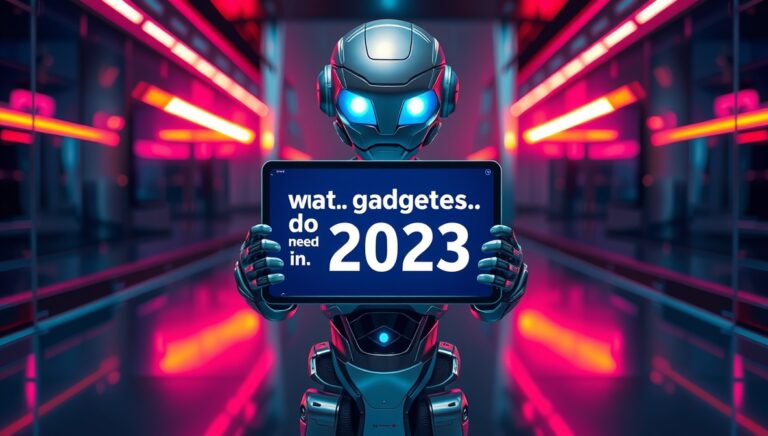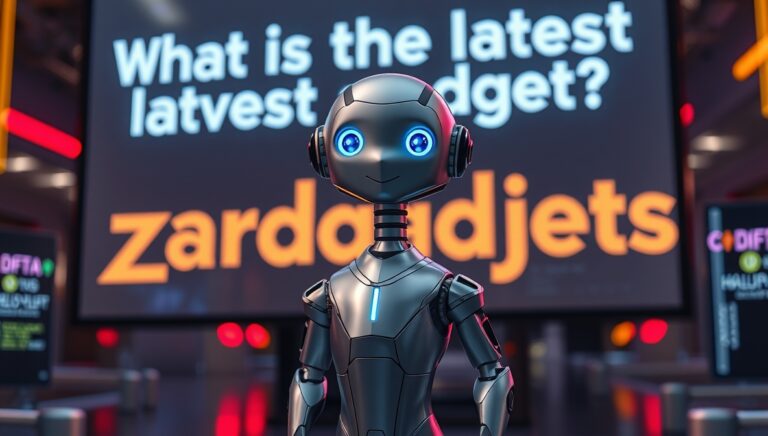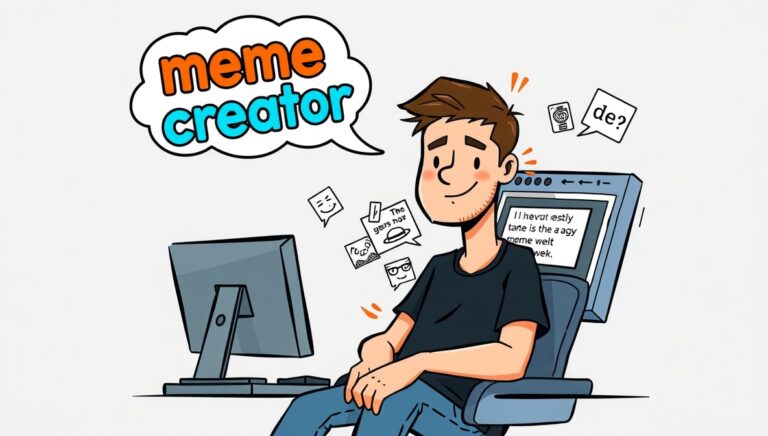tool guide zardgadjets | Comprehensive Exploration of Modern Tools and Technology
Modern innovation has transformed the way individuals and businesses operate in nearly every industry. tool guide zardgadjets provides an important framework for understanding the diverse ways these advancements have integrated into everyday life, work, and education. From handheld devices to large-scale industrial machinery, tools have become extensions of human capability, enabling people to accomplish tasks with greater speed, accuracy, and efficiency.
Evolution of Tools Across History
The story of tools is as old as humanity itself. Early humans shaped stones and bones to craft cutting edges, spears, and hammers. These primitive creations laid the groundwork for what we now consider advanced technology. tool guide zardgadjets demonstrates that the journey from stone implements to today’s AI-driven solutions is not just about functionality, but also about adapting to the needs of societies over time. Each era has produced tools that reflected both necessity and innovation.
The agricultural revolution provided plows and irrigation systems, changing food production forever. Later, the industrial revolution introduced machines powered by steam and electricity, drastically altering manufacturing and transportation. Today, the digital revolution gives us robotics, artificial intelligence, and smart devices. By studying this evolution, people gain insight into the driving forces of human creativity and problem-solving.
The Relationship Between Humans and Technology
The bond between humans and their tools is deeply personal. It is not merely about utility, but also identity and empowerment. tool guide zardgadjets emphasizes that tools are more than objects; they are companions in productivity. When a carpenter holds a hammer, or a coder types on a laptop, there exists an intimate relationship of trust. Tools extend our capabilities, but they also influence the way we think and approach challenges.
In the modern era, tools have expanded into digital spaces. Software programs, automation systems, and apps are now integral to work and leisure. These digital instruments are no less significant than physical tools. They allow individuals to navigate complex tasks with confidence, while industries rely on them to streamline workflows and maximize profits.

Digital Transformation and Everyday Life
It is impossible to ignore the pervasive role of digital tools in contemporary society. Smartphones, laptops, and wearable devices form part of daily routines, from communication to entertainment. tool guide zardgadjets illustrates that every person now carries a powerful computing system in their pocket, a system more advanced than the machinery that first sent astronauts to space.
These tools are not limited to personal convenience. They shape commerce, education, healthcare, and even governance. Students can access virtual classrooms, businesses can engage with customers across borders, and doctors can conduct remote consultations. The influence of technology is universal, redefining how people live and interact.
Impact on Education
Education has always been influenced by the tools available. From chalkboards and textbooks to online platforms and AI tutors, learning methods evolve with innovation. tool guide zardgadjets highlights how digital tools empower teachers to deliver content more effectively, while students benefit from personalized learning. Interactive simulations, educational games, and collaboration apps bring concepts to life in engaging ways.
The COVID-19 pandemic accelerated this shift. Remote learning became a necessity, and tools such as video conferencing platforms, learning management systems, and digital libraries proved indispensable. This transformation ensures that future generations will grow up in an environment where learning is more flexible and inclusive than ever before.
Workplace Transformation
Workplaces today bear little resemblance to those of a century ago. Factories once filled with repetitive manual labor are now dominated by robotics and automation. Office environments depend on computers, cloud-based systems, and project management software. tool guide zardgadjets underscores that technology is the driving force behind these shifts, redefining productivity standards worldwide.
Remote work, once considered impractical, is now a global reality. Tools such as video conferencing, collaborative platforms, and digital file-sharing enable seamless interaction across continents. Companies can tap into talent from around the world, creating opportunities while fostering diversity. The tools used in modern workplaces not only save time but also open possibilities that were previously unimaginable. latest gadjets for gaming zardgadjets
Healthcare Innovations
The healthcare industry has benefited enormously from technological progress. Diagnostic machines, surgical robots, telemedicine, and wearable health trackers are just a few examples. tool guide zardgadjets reflects the importance of these instruments in saving lives and improving well-being. Doctors today rely on imaging tools to detect diseases earlier, while patients monitor their health in real time through smart devices.
In the United States, hospitals integrate advanced digital systems to manage patient data securely and efficiently. These tools support not only better treatment but also better coordination among healthcare professionals. The ability to merge data, diagnose quickly, and treat effectively represents one of the greatest achievements of modern tools.
Industrial and Engineering Applications
Industries ranging from construction to aerospace depend on advanced tools. Machinery, robotics, and specialized equipment enable massive projects to be completed with precision and speed. tool guide zardgadjets showcases how tools are no longer just physical instruments but complex systems designed to interact with human operators.
Engineering relies on software programs for design, simulation, and testing, reducing the risk of error before a single component is manufactured. Construction workers depend on advanced equipment that ensures safety and efficiency, while aerospace engineers use cutting-edge tools to build aircraft that travel farther and faster. Without such advancements, modern industry would struggle to meet global demands.
Consumer Technology and Daily Routines
Technology is not confined to workplaces or hospitals—it is part of daily consumer habits. From home appliances to entertainment devices, tools shape how individuals spend their time. tool guide zardgadjets makes clear that these tools provide both convenience and efficiency. Smart refrigerators track groceries, robotic vacuums clean floors, and streaming platforms deliver endless content at the push of a button.
Even leisure activities rely on advanced tools. Gaming consoles, virtual reality headsets, and wearable fitness trackers create immersive experiences. Consumers no longer separate “tools” from “entertainment.” Instead, tools have become an integral part of recreation and personal growth, illustrating how versatile they have become.
Environmental and Sustainable Tools
As the global community faces climate change, sustainable tools are gaining importance. Solar panels, wind turbines, and electric vehicles are designed to reduce carbon footprints. tool guide zardgadjets demonstrates that tools can contribute positively to environmental protection. Innovations in recycling systems, water purification, and energy storage are not only technical marvels but also necessities for the survival of the planet.
Green technology also benefits individuals. Homeowners can install smart thermostats that reduce energy use, while businesses implement eco-friendly practices with the help of specialized tools. By adopting sustainable solutions, societies take significant steps toward protecting the earth for future generations.
Challenges of Modern Technology
Despite their many benefits, tools also present challenges. Issues such as digital addiction, privacy concerns, and the digital divide cannot be ignored. tool guide zardgadjets warns that the same instruments designed to empower people can also harm them if misused. For example, excessive screen time can affect mental health, while reliance on automation may lead to job displacement.
Furthermore, the gap between those with access to advanced tools and those without remains a pressing issue. Many communities lack internet access or cannot afford digital devices, leaving them at a disadvantage in education and work. Addressing these challenges requires thoughtful policies, responsible innovation, and collaboration between governments, companies, and individuals.
The Future of Tools
The future promises even more remarkable innovations. Artificial intelligence, quantum computing, biotechnology, and space exploration are areas where new tools will redefine human possibilities. tool guide zardgadjets indicates that the pace of progress shows no sign of slowing down. Tools of the future may blur the boundaries between physical and digital worlds, creating opportunities we cannot yet imagine.
Augmented reality could become part of daily life, assisting workers, students, and consumers. Robotics may evolve to handle complex emotional interactions, not just mechanical tasks. Biotechnology may provide tools for curing diseases at the genetic level. The future is not merely about advancement but also about reshaping what it means to be human in a technologically driven world.
Cultural Influence of Tools
Tools have always reflected cultural values and priorities. From ceremonial objects in ancient societies to smartphones today, they carry meaning beyond utility. tool guide zardgadjets highlights that technology is a cultural symbol, representing progress, power, and even fashion. For example, a luxury smartphone may signify status, while open-source software may reflect values of collaboration and community.
In art and literature, tools often symbolize human ingenuity or the dangers of unchecked progress. Movies explore themes of robots replacing humans, while novels imagine societies transformed by inventions. These cultural expressions reveal society’s fascination, fears, and hopes about the role of tools in shaping the future.
Ethical Considerations
As tools become more advanced, ethical concerns grow more complex. Artificial intelligence raises questions about privacy, accountability, and fairness. Genetic editing tools prompt debates about the limits of human intervention in nature. tool guide zardgadjets calls attention to the need for ethical frameworks that balance innovation with responsibility.
Without ethical oversight, tools can be misused in harmful ways. Surveillance technologies may violate privacy rights, while autonomous weapons pose risks to global security. Ethical considerations ensure that technological progress serves humanity rather than undermining it. This ongoing dialogue is as important as the innovations themselves.

Tools as Equalizers
Despite challenges, tools have the power to create equality. A student in a remote village with access to the internet can learn from the same resources as one in a major city. Entrepreneurs can build businesses from their homes using e-commerce platforms. tool guide zardgadjets emphasizes that tools democratize access to knowledge and opportunities, allowing people to transcend barriers of geography and status.
However, this potential only becomes reality if access is equitable. Bridging digital divides and making tools affordable remains essential for creating truly inclusive societies. When tools are distributed fairly, they empower individuals and communities to thrive on equal footing.
Conclusion
The history, present, and future of tools form a continuous narrative of human ingenuity and resilience. tool guide zardgadjets serves as a reminder that tools are not mere accessories, but vital companions in human progress. From shaping early civilizations to driving today’s digital revolution, tools embody creativity, empowerment, and transformation.
The challenge lies in ensuring that these tools are used responsibly, equitably, and sustainably. By embracing innovation while addressing ethical and social concerns, humanity can build a future where tools elevate lives across the globe. In every hammer, algorithm, and machine lies the essence of human imagination—an unbroken tradition of striving to do more, achieve more, and become more.






